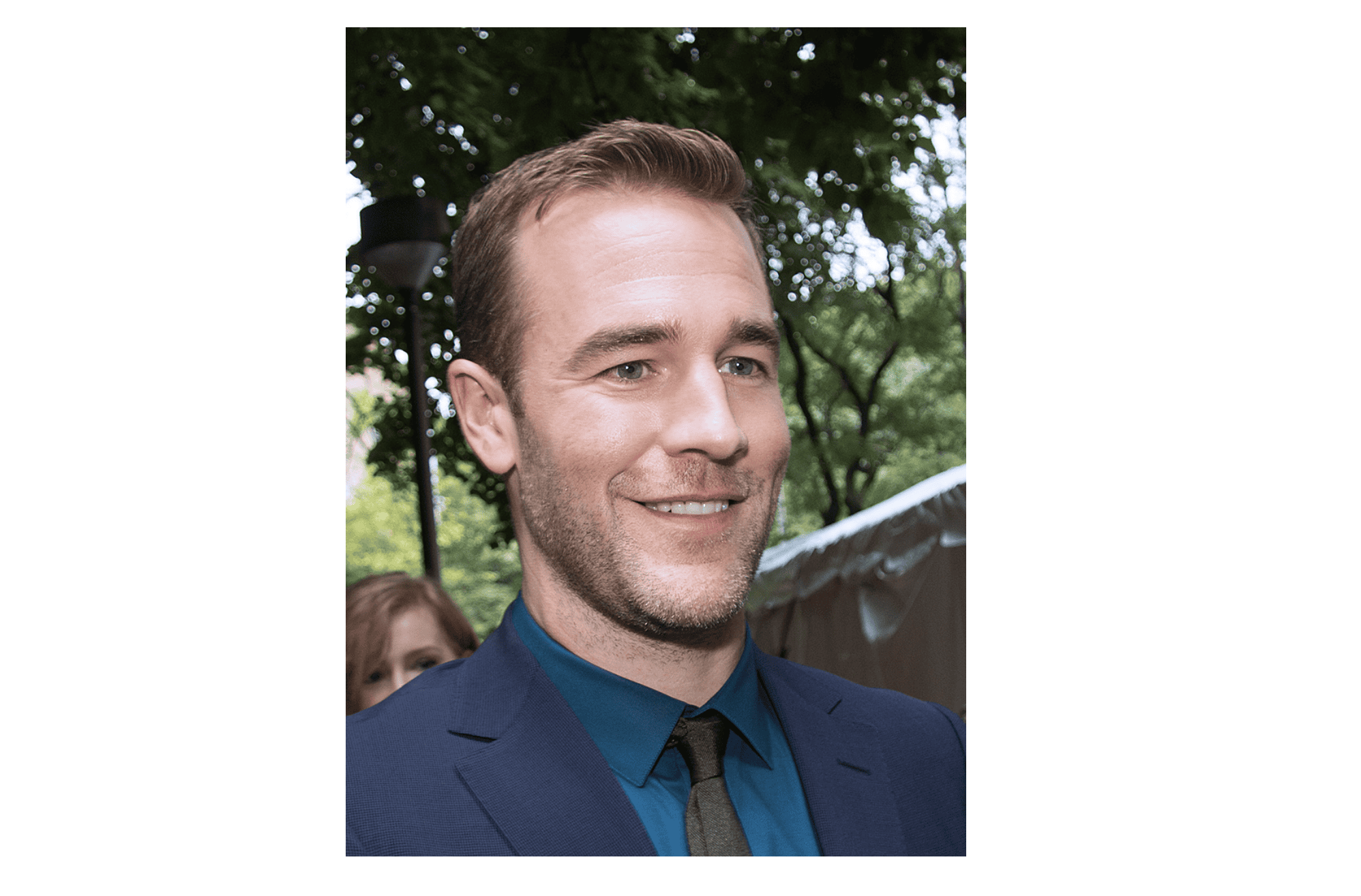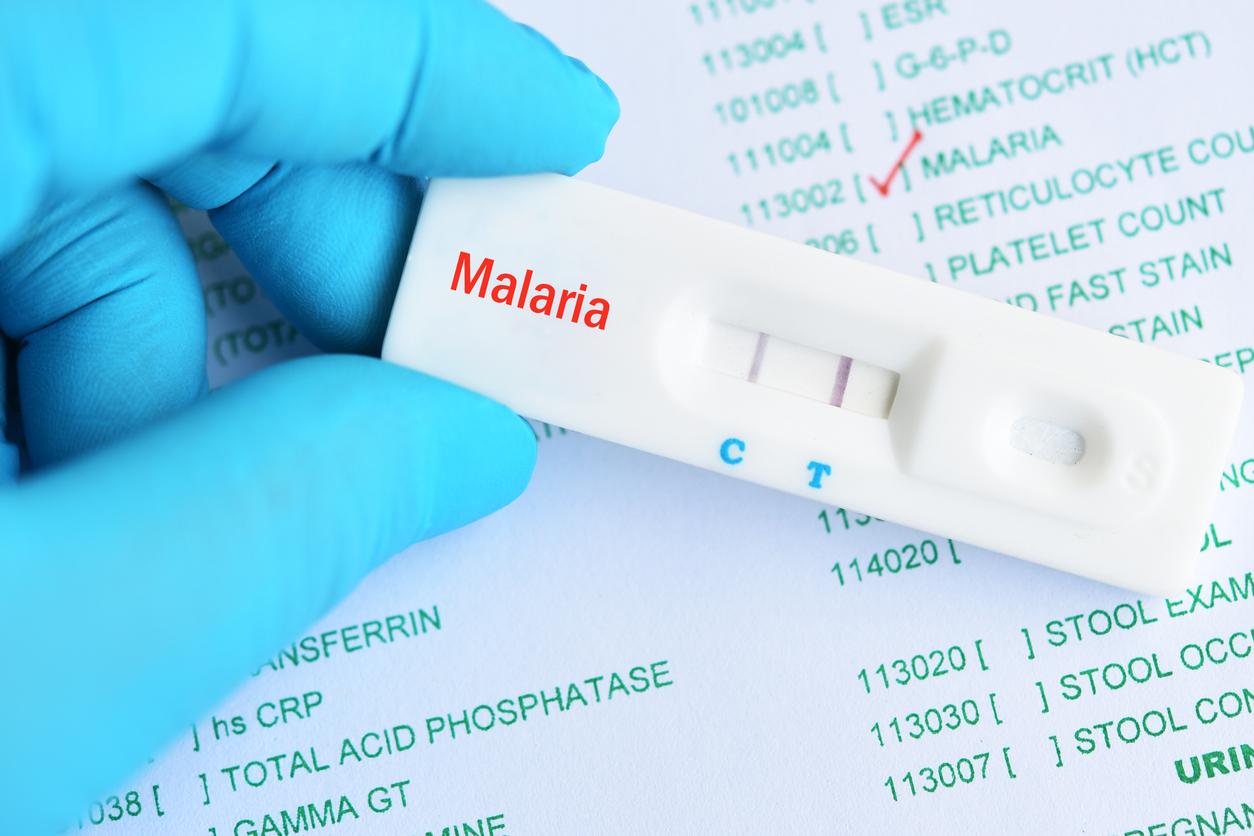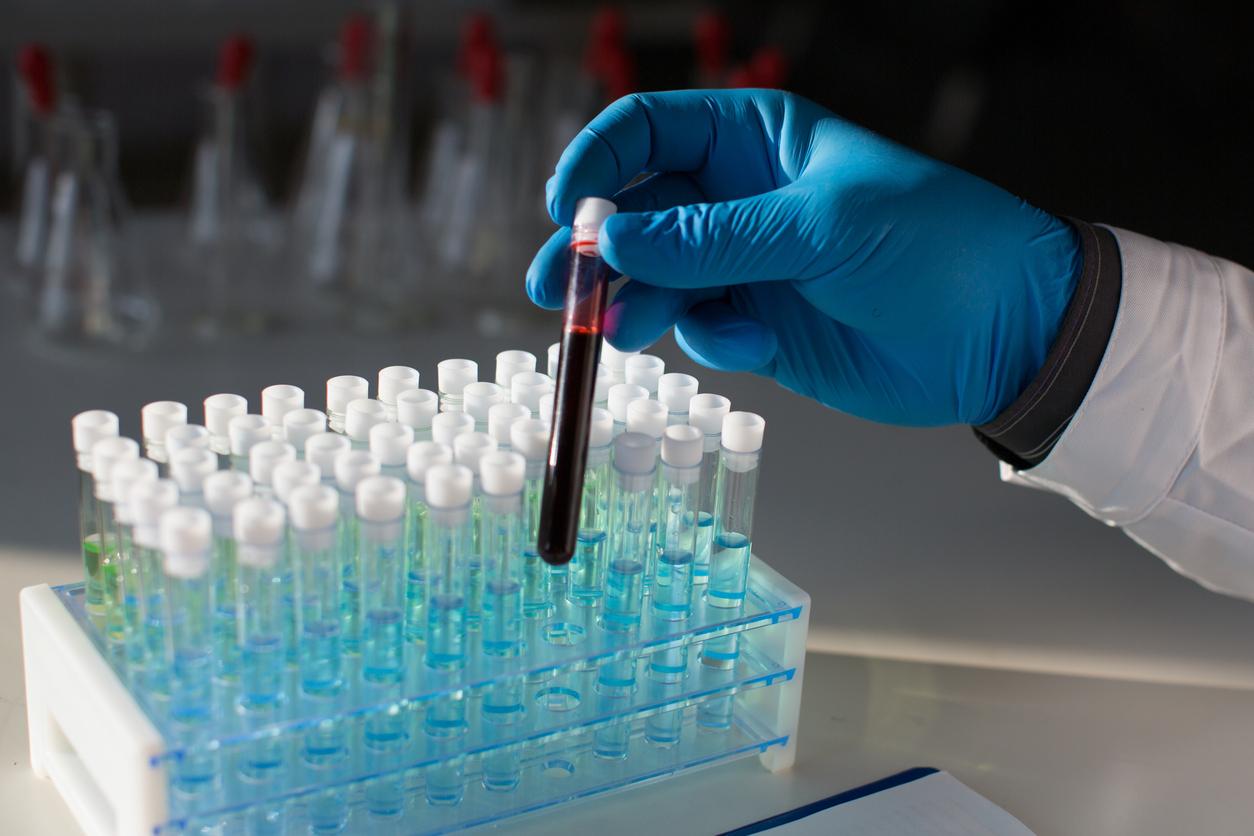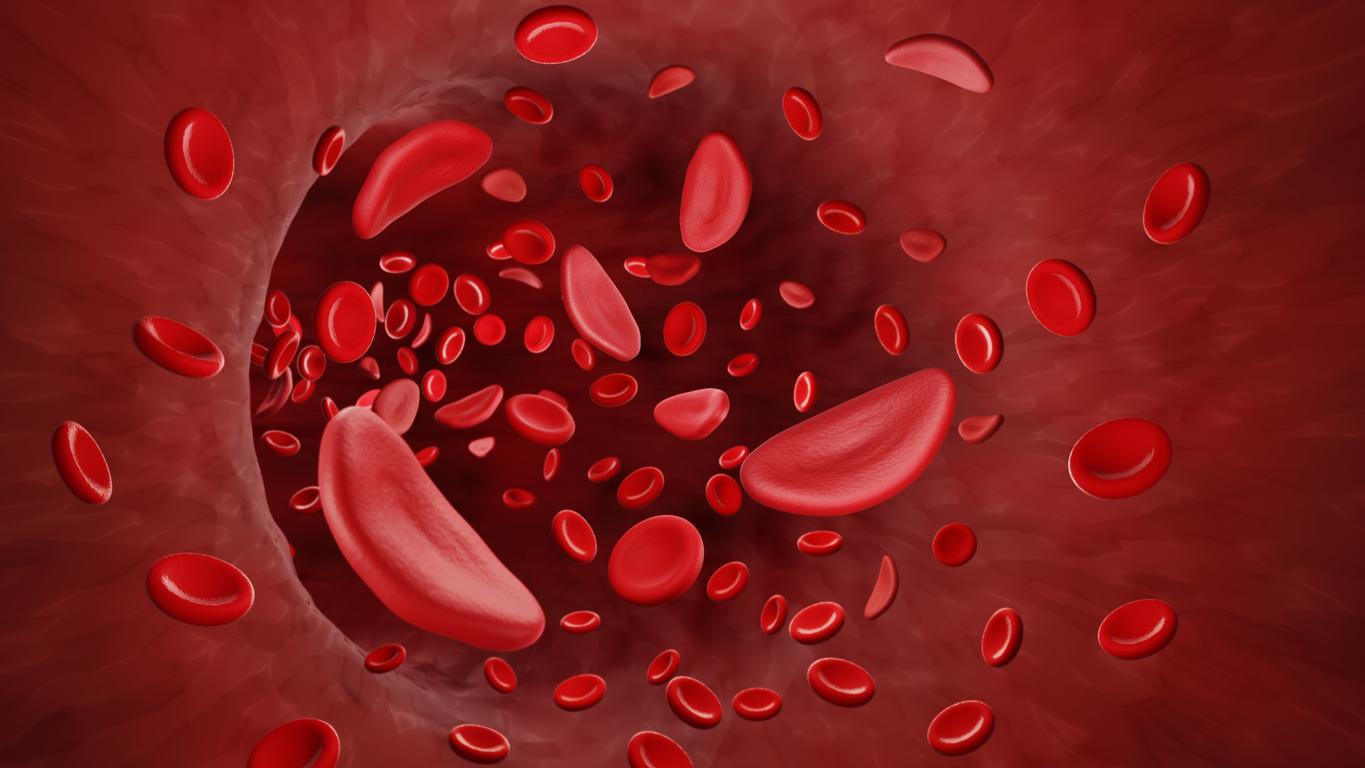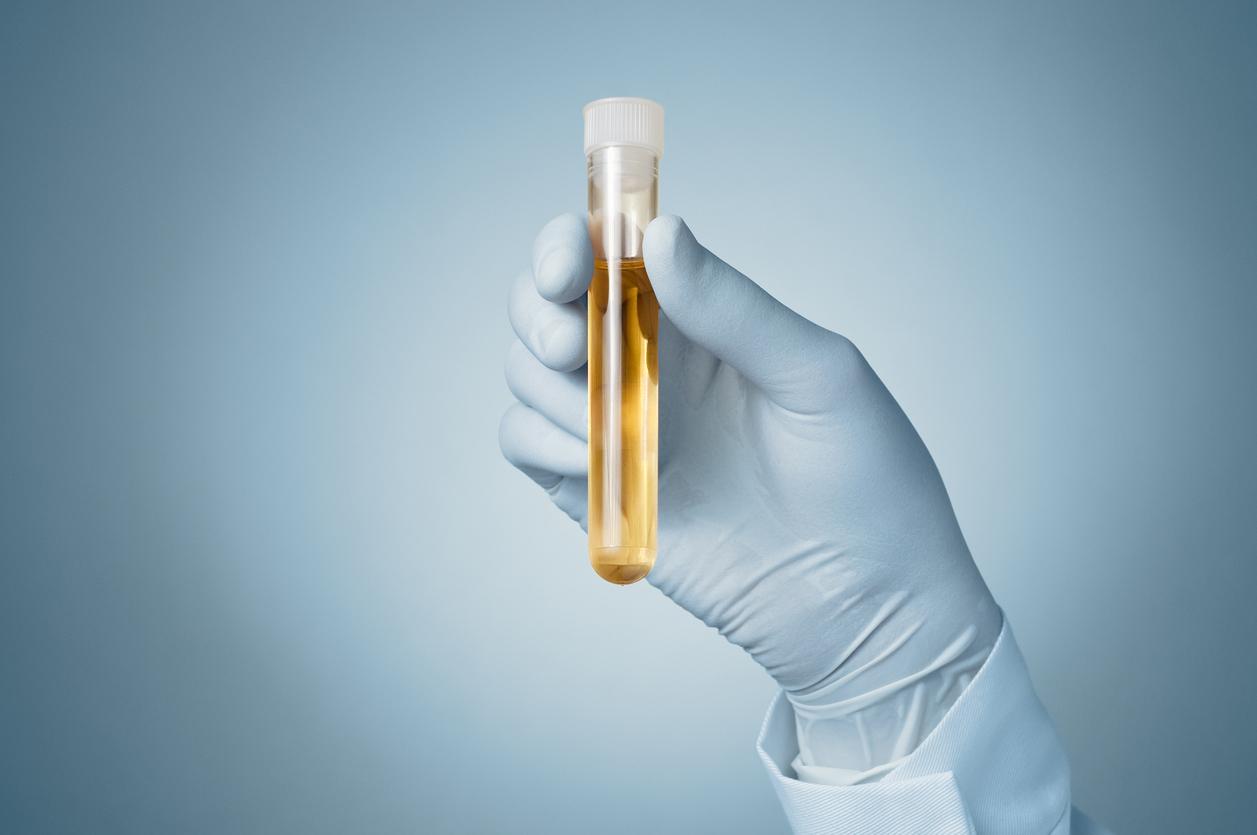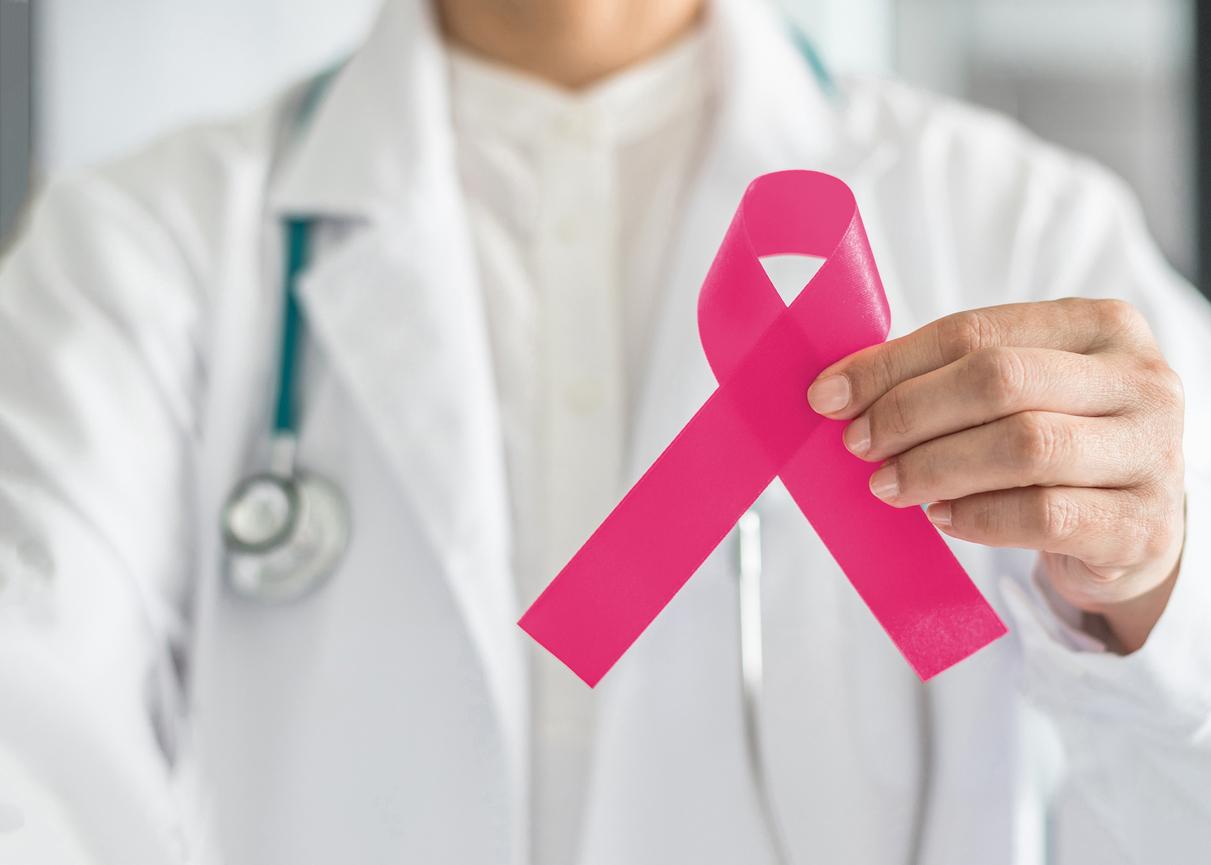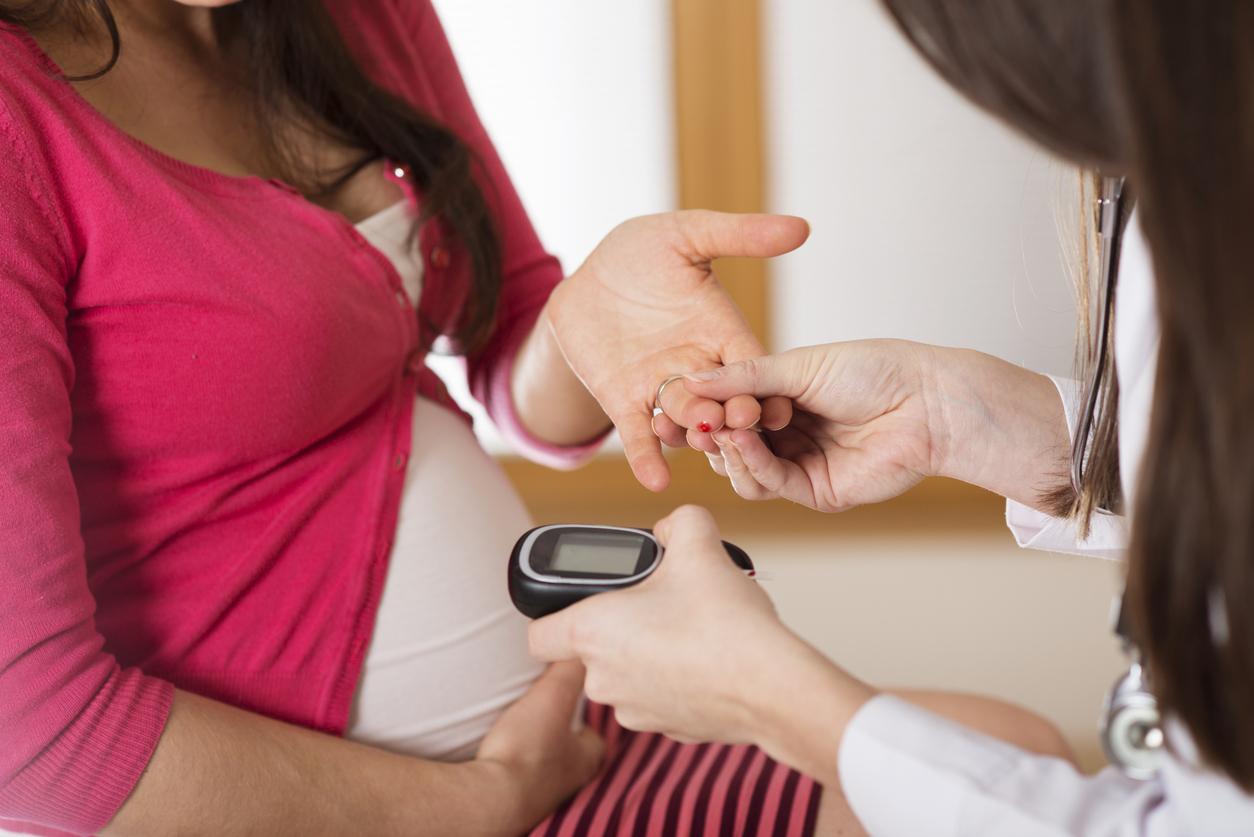Having a regular mammogram could present more risks than benefits according to a recent study. Experts call for reassessing the usefulness of the exam.
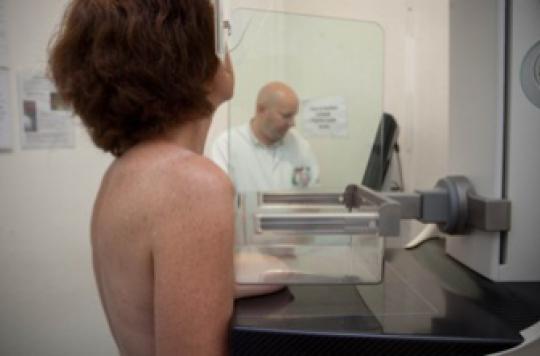
Mammography is “not a perfect test,” says a team of researchers from Brigham and Women’s Hospital in Boston (Massachussetts, United States). The benefits of this review would be overestimated and their risks underestimated, according to their study published on April 2 in the Journal of the American Medical Association (JAMA). An “important” study according to lead author Nancy Keating “because there is strong controversy over how often and who should have regular mammograms. “
20% unnecessary biopsies
“The results suggest that mammography is associated with lower breast cancer mortality, but the benefit is modest,” write the study authors. They reviewed several randomized studies carried out between 1960 and 2014, which evaluate the effectiveness of this examination. According to their results, overdiagnosis concerns 19% of examinations. The same proportion of women will need additional testing, such as a biopsy, unnecessarily. At 10 years, the cumulative risk of obtaining a false positive result reaches 61%.
This lack of precision is explained by the inability to distinguish between aggressive or indolent tumors, according to the researchers. As a result, 19% of women who have had a mammogram are operated on unnecessarily.
Little influence on survival
The influence of this test on survival is also not significant. Of 190 women who have been diagnosed with cancer, 5 will survive through early detection. 160 patients with an advanced tumor will survive thanks to advances in treatment (84%) and 25 will die despite screening.
“Some challenges with mammography can be solved,” say the study’s authors, but “better breast cancer screening is needed. “They are particularly demanding more precise tools capable of estimating whether the tumor is benign or malignant, but also better information for the public on the benefit-risk balance.
Acting on these results, the American recommendations have already evolved in recent years. Formerly recommended every 1 to 2 years for women aged 40, mammography is now performed every two years from the age of 50. But this development does not only make people happy. Another study by JAMA, published on March 31, estimates that mammography in older women does not necessarily improve quality of life if its expectation does not exceed 10 years. The authors suggest systematically discussing it with your doctor.
.









